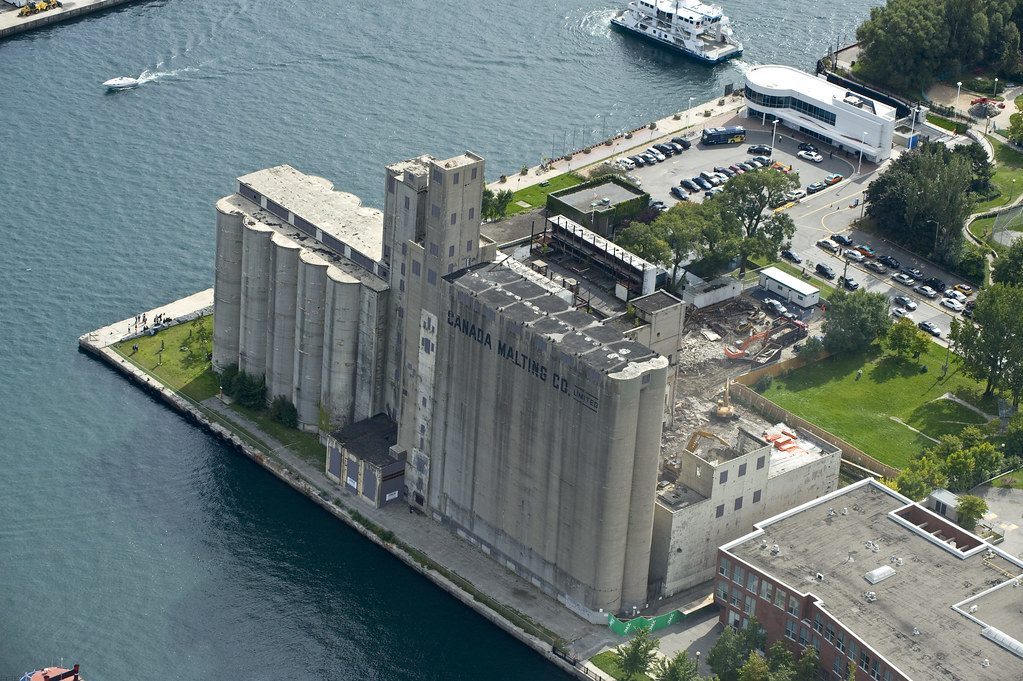The Feminist Library and Information Centre was founded in 1975 to collect and preserve the material of the Women’s Liberation Movement. In the 1980s, what first started as a collection developed as the Women’s Research and Resource Centre, a space for women to meet and organise and self educate. Today, the Library holds over 10,000 books and 1,500 periodicals.
Throughout the years, the Library has been located in numerous places from Upper Street to Clerkenwell to Westminster Bridge Road to Peckham, its current location.
Feminist Library locations throughout the years
Whilst the Library now counts four paid staff members, it is still volunteer run and led.
Market pressures vs. community projects
The Feminist Library is not a lucrative organisation, making it particularly vulnerable to the rise in property prices in London. Because the Library relies on a baseline funding coming from individuals, it makes it less dependent and grants and less sensitive to market pressures. However, when it comes to market rents, the Library cannot compete with profitable commercial organisations.
The space suffered from the public funding cuts, pushing councils to choose between the rent revenue generated by more lucrative organisations and the community projects providing vital work for the local residents. These tensions are not only harmful to a handful of organisations but also to the social fabric of the whole of London.
These struggles, recenlty experienced with Southwark Council are shown in the 2016 The Feminist Library: A short film documentary (which also draws comparisons with the LSE Women’s Library, a great resource centre though less accessible to the public).
An innovative classification scheme
The Library does not only feature women’s history but is a collection of women’s histories every day. In order to sort out its many resources, Professional Librarian Wendy Davies created a special classification scheme in 1978. The scheme centres on women’s issues instead of having just a subcategory called “women” as in so many libraries and bookshops.
Sections have different subjects indicated by a letter (A to P: General; History; Society, Customs and Beliefs…). In the 1980s some colour dots were added to the scheme to allow for specificities such as women of colour, working class women…
The Library also features a vast array of online resources including digital exhibitions, a digitalised poster and pamphlet collection. A dedicated section for feminist and literary resources was created on the feminist library website this year. The Library itself also publishes zines in collaboration with members of the public visiting or volunteering at the library. Their first audiovisual zine will be published this year, with a first issue’s theme being My Feminist Space.
Earlier in the year, two staff members (Rose & Maria) from the Feminist Library and Information Centre gave a presentation to students from Gender, Space and Power students. They addressed several very interesting questions from the audience including:
Are there any conversation on what makes a piece of work feminist?
When the Library was created, the focus was more on what concerns women instead of what is feminist. The Library has different working groups, one of them dealing with the collection, updating definitions and categories. The objective is to make sure resources are labelled and contextualised properly as archiving is a political project in itself.
One idea the Library would like to explore in the future is to allow for the collection to be self monitored by its users, developing a sticker system to express discontent with a book, and issue a warning on unexpected or controversial content (i.e. transphobia, sexism).
What role does transectionality have in this classification?
This is a conversation the Library is currently having because the colour dots were added at the end of the 1980s and they are now thinking of adding more contemporary elements. Meanwhile, the system can be used to combine different letters in order to refine the subject’s category (three spaces: primary subject and 2 other fields to have layers).
Terminology and language are an important part of this as notions evolve with time.. For example, with the theme sex work, the Library is also including resources with the term prostitution thus trying to find ways to reflect its current values in their cataloguing scheme without losing precious material.
How can you help the library?
- You can become a friend of the feminist library or volunteer.
- Attend their events
- Follow the library on Facebook and Twitter.





